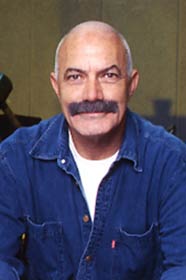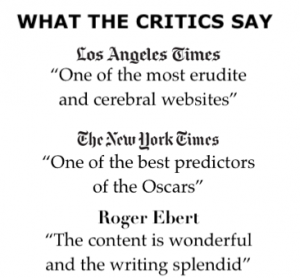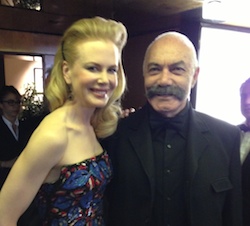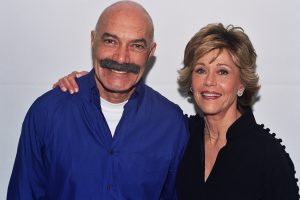Roman Polanski’s Tess, inspired by Thomas Hardy’s novel, Tess of the D’Urbervilles, and imbued with a contemporary viewpoint, excelled in its cinematography and production values.
However, fans of the book claimed that the film’s screenplay deviated from the spirit of the book and that German actress Nastassia Kinski (daughter of Klaus) was miscast in the lead.
The males, including Leigh Lawson as Tess’ rich cousin, and particularly Peter Firth, as Angel Clare, Tess’s husband, acquitted themselves more honorably.
The film was nominated for six Oscars, including Best Picture and Director, and won three: Cinematography (Geoffrey Unsworth and Ghislain Cloquet), Art Direction-Set Decoration (Pierre Guffroy and Jack Stephens), and Costume Design (Anthony Powell).










